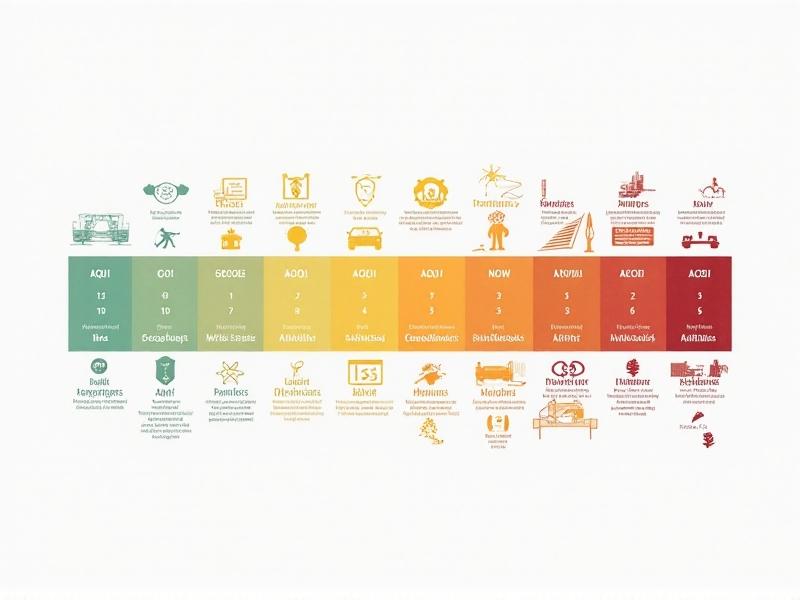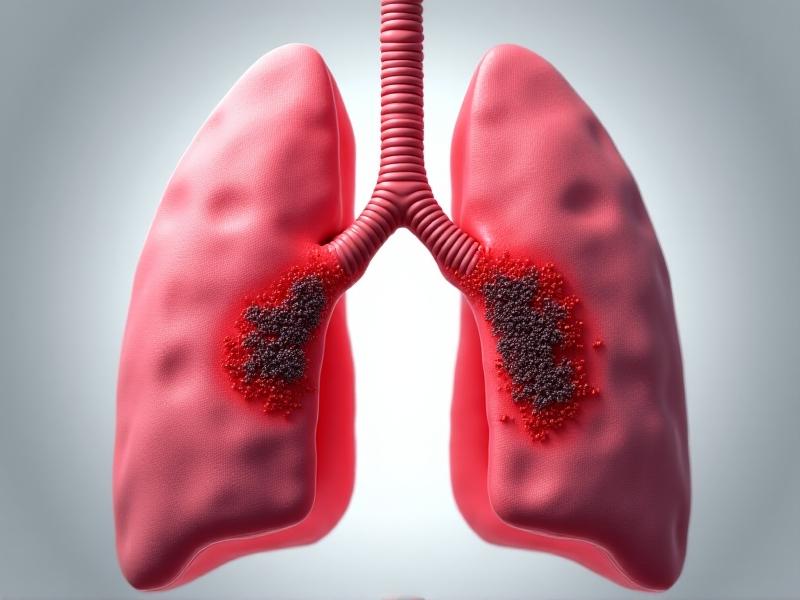Air Quality Index Productivity Correlation
Understanding the Air Quality Index (AQI)
The Air Quality Index (AQI) is a numerical scale used globally to communicate how polluted the air currently is or how polluted it is forecast to become. Ranging from 0 to 500, the AQI categorizes air quality into six levels: Good (0–50), Moderate (51–100), Unhealthy for Sensitive Groups (101–150), Unhealthy (151–200), Very Unhealthy (201–300), and Hazardous (301–500). Each category corresponds to specific health risks, with higher values indicating greater pollution levels and potential harm. The index focuses on five major pollutants: ground-level ozone, particulate matter (PM2.5 and PM10), carbon monoxide, sulfur dioxide, and nitrogen dioxide.

The Biological Impact of Air Pollution on Human Health
Air pollution’s effects on human health extend far beyond respiratory issues. Fine particulate matter (PM2.5) can penetrate deep into lung tissue and enter the bloodstream, triggering systemic inflammation. Studies show prolonged exposure to poor air quality increases risks for cardiovascular diseases, neurological disorders, and compromised immune function. Even short-term exposure can impair cognitive performance, reduce attention spans, and elevate stress hormones like cortisol. For instance, a 2021 study published in Environmental Health Perspectives found that high PM2.5 levels were associated with decreased memory recall and slower problem-solving abilities in adults.

Scientific Evidence Linking AQI to Workplace Performance
Research increasingly highlights a direct correlation between AQI levels and productivity. A seminal 2019 study in the International Journal of Environmental Research and Public Health analyzed factory workers in China and found a 6% drop in daily output for every 10-unit increase in AQI. Office environments are not immune: a 2020 Harvard study revealed that employees in well-ventilated spaces with low PM2.5 levels scored 61% higher on cognitive tests than those in polluted settings. Call center workers in India, as documented in a 2022 Lancet Planetary Health report, experienced a 20% decline in productivity on days with “Very Unhealthy” AQI levels, attributed to slower response times and increased errors.

Economic Consequences of Poor Air Quality
The financial toll of air pollution is staggering. The World Bank estimates that global workforce productivity losses due to poor air quality exceed $5.7 trillion annually—equivalent to 4.8% of global GDP. In cities like Delhi and Beijing, where AQI regularly surpasses 300, businesses grapple with higher absenteeism, increased healthcare costs, and reduced operational efficiency. A 2023 OECD report noted that lowering PM2.5 concentrations to WHO guidelines could boost global labor productivity by $2.3 trillion yearly. Industries reliant on outdoor work, such as agriculture and construction, face disproportionate impacts, with seasonal AQI spikes causing project delays and revenue shortfalls.

Mitigating Air Pollution's Impact on Productivity
Combating air quality-related productivity loss requires multi-faceted strategies. Indoor air purifiers with HEPA filters can reduce PM2.5 concentrations by up to 90%, as demonstrated in a 2022 study by the American Society of Heating, Refrigerating and Air-Conditioning Engineers. Companies like Google and Microsoft have integrated real-time AQI monitors into HVAC systems, adjusting ventilation dynamically. Urban planning also plays a role: Tokyo’s tree-planting initiative reduced PM2.5 levels by 15% in commercial districts between 2018 and 2023. Hybrid work models, adopted post-pandemic, offer flexibility for employees to avoid commuting during AQI spikes, preserving cognitive sharpness.
Future Trends: Technology and Policy Innovations
Emerging technologies promise to reshape how societies manage air quality and productivity. Startups like BreezoMeter leverage AI to provide hyperlocal AQI forecasts, enabling schools and businesses to adjust schedules proactively. Advances in nanomaterials are enabling catalytic converters that neutralize pollutants at twice the efficiency of traditional models. Policy-wise, the European Union’s 2023 Air Quality Directive mandates real-time AQI monitoring for all workplaces by 2030. Meanwhile, carbon capture infrastructure in cities like Oslo has already reduced ambient PM2.5 by 22%, showcasing the potential of large-scale interventions. As public awareness grows, the intersection of health, environment, and economics will drive innovation toward cleaner air—and sharper minds.








